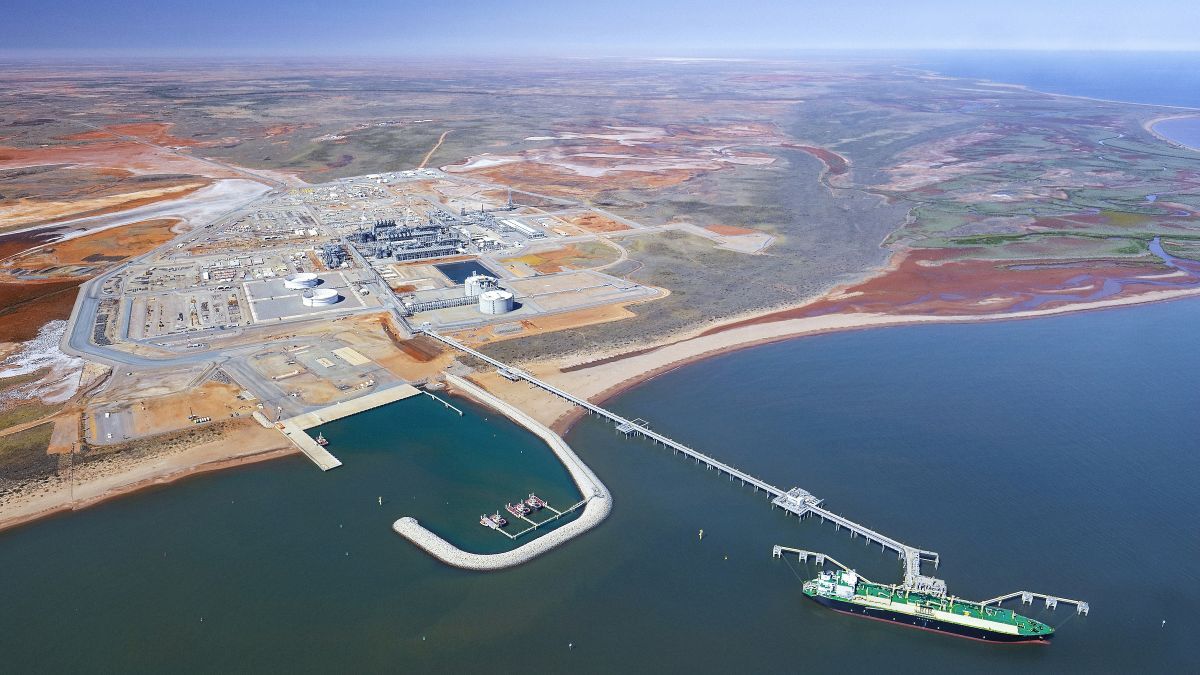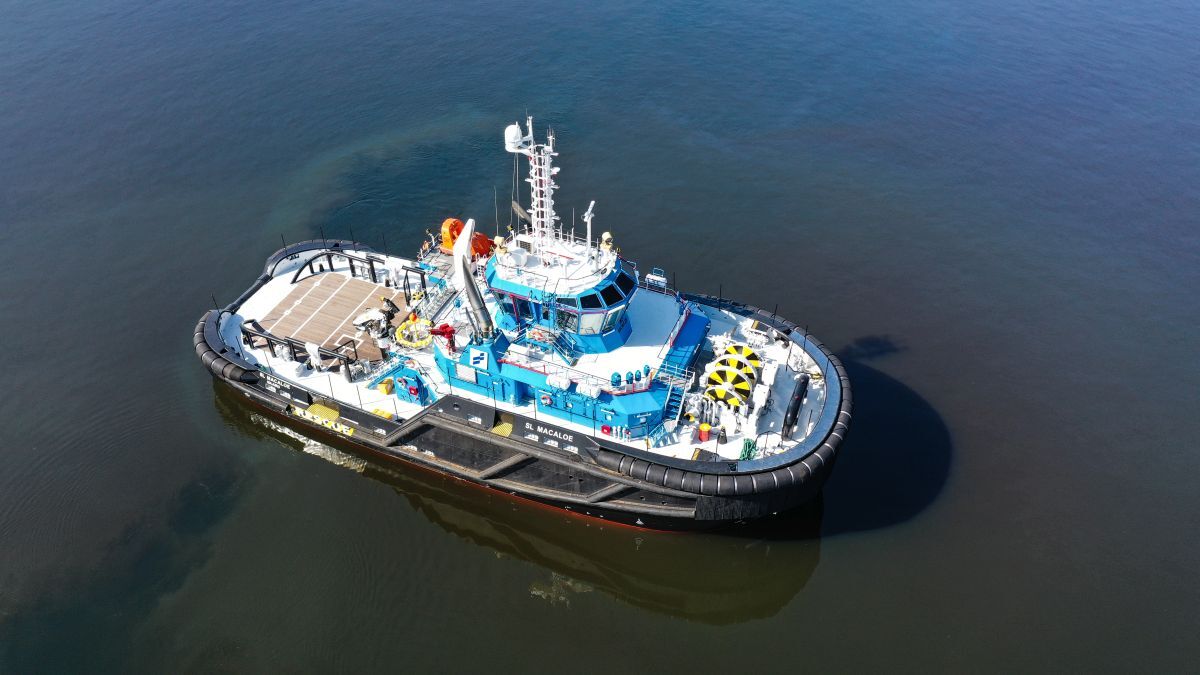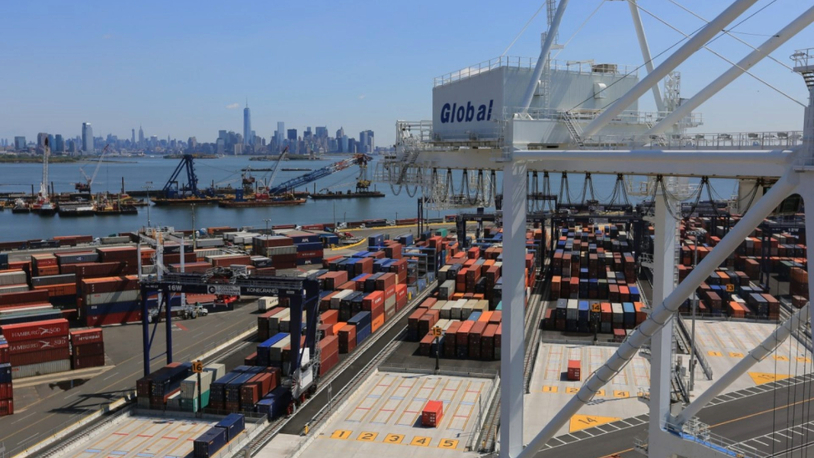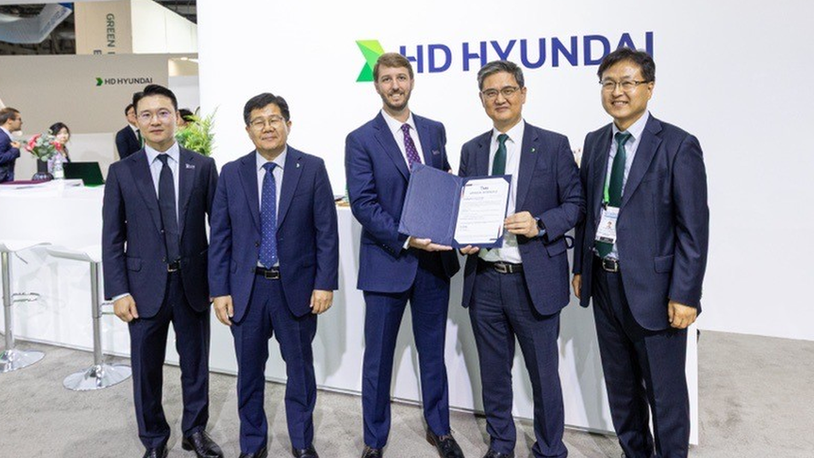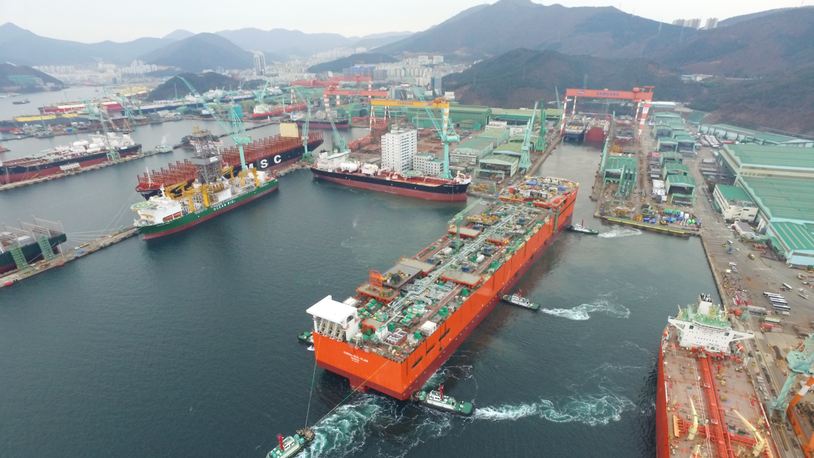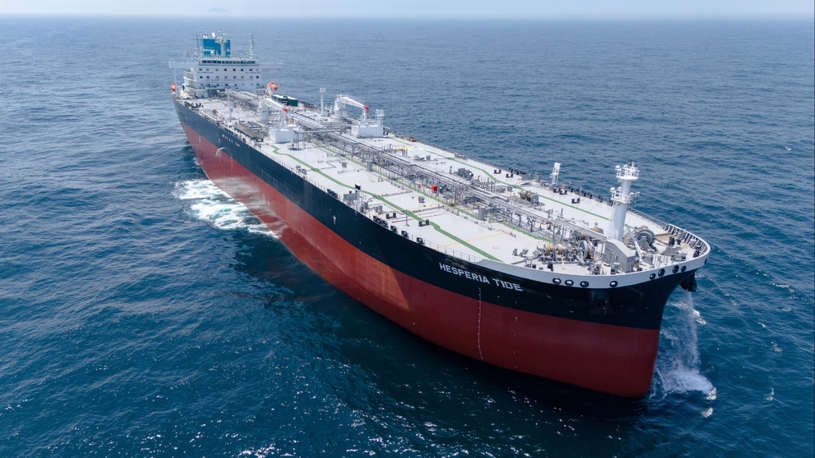Business Sectors
Events
Contents
Register to read more articles.
China surges past Japan to take LNG import top spot
LNG imports to China climbed 18% y-o-y to 78.93M, while Japan’s imports fell for the fourth consecutive year
Asia accounts for about two-thirds of global LNG trade, with China, Japan and South Korea as the world’s largest importers. 2021 saw a shake up among the big three, with China emerging as the world’s largest importer of LNG, breaking Japan’s 51-year streak. A key source of that supply for the country is Australia, with volumes from the US becoming increasingly important.
Customs data on LNG imports shows China and Japan trending in opposite directions; China imported 78.93M tons of LNG, up 18%, while Japan imported 74.32M tons, down 0.2% a y-o-y. This was the fourth straight year Japan’s LNG imports fell. It imported 74.46M tons in 2020, according to the US International Trade Administration (US ITA).
Since the US began exporting LNG in February 2016, Japan has accounted for about 11% of the accumulated export volumes, says the agency. The import value in 2020 reached over US$30Bn and about 21% of the world’s net LNG imports (356M tons).
Besides the US and Australia, Malaysia, Qatar, and Russia are Japan’s other major sources of LNG imports.
“Deliveries to Japan were down, largely due to the expiring Japanese contracts with the North West Shelf and Darwin LNG”
Meanwhile, South Korea’s LNG imports grew almost 15% y-o-y, climbing to 45.94M tons in 2021, up from 39.98M tons in 2020. As one of the world’s largest buyers of LNG, Korea Gas Corp (KOGAS) imports about 90% of the country’s LNG, retaining a monopoly in the domestic wholesale market, with customers that include both the power generation and city gas companies, notes US ITA. Power generation companies SK E&S and Korea Midland Power (KOMIPO) directly import and purchase LNG, but only for their own respective uses.
Australia lead supplier to China
Australia, the world’s top LNG producer in 2021 with 80M in exports, delivered 32M tonnes of LNG to China in 2021, according to EnergyQuest. The Australian-based energy services advisory group says this represents a rise of 7.1% over 2020.
“Growing LNG sales to China reflect the rapid growth in Chinese natural gas demand as the economy has recovered from the pandemic and also the push to reduce air pollution in major cities,” says EnergyQuest.
All Australian LNG projects except Prelude FLNG delivered cargoes to China, with the Conoco Phillips/Origin Energy APLNG project and the Shell-operated QCLNG project being the biggest suppliers. LNG deliveries also grew to South Korea and Taiwan.
However, deliveries to Japan were down 9.3% on 2020, largely due to the expiring Japanese contracts with the North West Shelf and Darwin LNG. The lost Japanese sales were effectively replaced by higher-price spot sales.
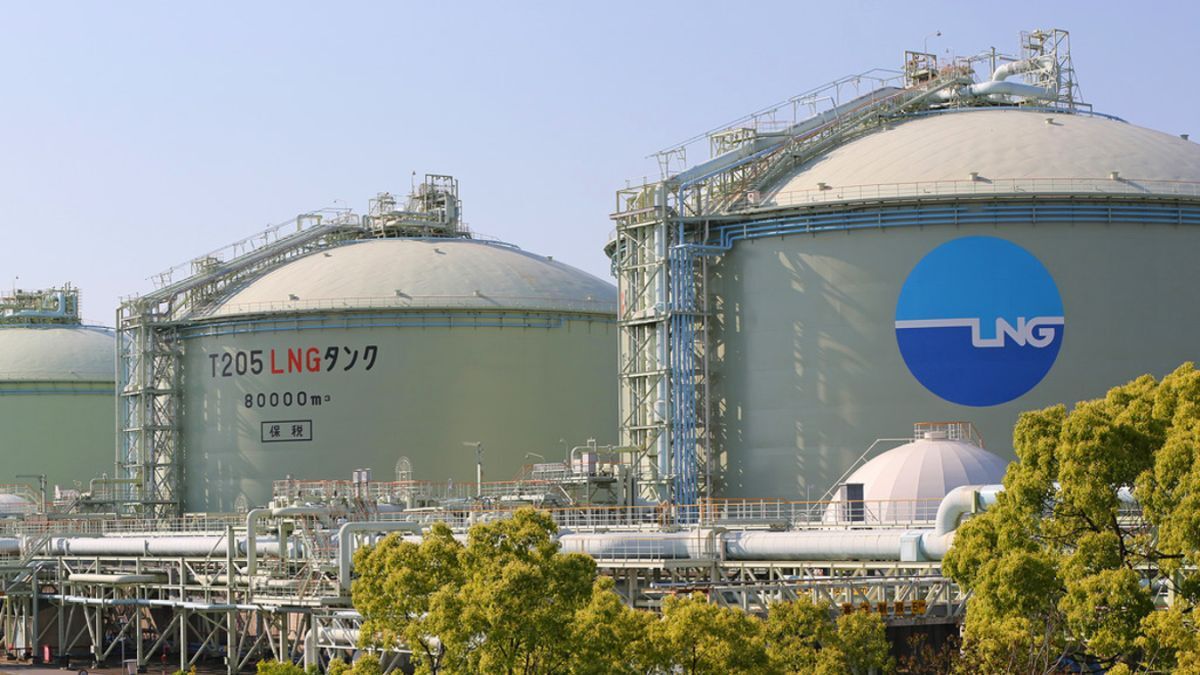
US LNG sales to China
US LNG to China is on the rise. In November, Sinopec signed a 20-year sales and purchase agreement (SPA) with US LNG exporter Venture Global LNG to provide 4M mta annually. Venture Global will supply the LNG from its plant in Plaquemines, Louisiana. Additionally, China International United Petroleum & Chemicals (UNIPEC), a subsidiary of Sinopec, will purchase LNG resources totaling 3.8 mta from Venture Global’s Calcasieu Pass project.
Sinopec president Ma Yongsheng, notes: “The LNG contract with Venture Global LNG reflects the two companies’ high consensus on supporting the global energy transformation and realising the ‘dual carbon’ goals of reaching peak carbon and achieving carbon neutrality.”
Venture Global LNG chief executive Mike Sabel, says the SPA “will speed up the carbon emissions reductions of both parties and provide low-cost, reliable, and safe clean energy to China” by displacing coal with natural gas usage.
Venture Global LNG followed that with a 20-year SPA with CNOOC, China’s largest importer of LNG, in December. It is the first SPA between a US LNG exporter and CNOOC. Venture Global will supply 2 mta on a free-on-board (FOB) basis from its Plaquemines LNG export facility in Louisiana. Additionally, a CNOOC subsidiary will purchase 1.5 mta of LNG from Venture Global’s Calcasieu Pass LNG facility for a shorter period.
“As China’s largest LNG importer, CNOOC is committed deeply not only to the mission of securing China’s gas supply, but also to the climate goals of building a carbon-neutral China by 2060,” says CNOOC Gas & Power chairman Shi Chenggang.
Venture Global LNG just started producing LNG from its Calcasieu export facility on 19 January. The plant has 18 modular trains in nine blocks that have an annual nameplate capacity of 10 mta.
Site work on its Plaquemines liquefaction plant is underway, with expectations of commercial production starting in 2024.
| LNG imports to China, Japan and South Korea | |||||
| (in millions of tons) | |||||
| 2017 | 2018 | 2019 | 2020 | 2021 | |
| Japan | 83.6 | 82.9 | 77.3 | 74.5 | 74.3 |
| China | 39.5 | 54.8 | 61.7 | 68.9 | 78.9 |
| South Korea | 38.6 | 44.5 | 40.1 | 40.0 | 45.9 |
| Source: IGU, US TIA | |||||
New Hong Kong LNG terminal
While China has pledged carbon neutrality by 2060, the Hong Kong Government has announced plans to reach carbon neutrality by 2050. It is backing those plans with US$30Bn in investments to underpin its transition towards greener energy solutions. LNG will play a role of the government’s efforts. With electricity generation accounting for about 66% of CO2 emissions, two local power generation companies are looking to reduce the use of coal and increase natural gas and renewables in the energy mix. According to the Clean Air Plan for Hong Kong, coal usage in power generation will be halted by 2035.
This year, Hong Kong is expected to import its first LNG cargo, with expectations that the Hong Kong LNG Terminal will be operational by mid-year. In mid-December, Vopak and Mitsui OSK Lines (MOL) agreed a new joint venture company that will own the world’s largest floating storage and regasification unit (FSRU). Under the agreement, Vopak acquired 49.99% of the owner of MOL FSRU Challenger, now named Bauhinia Spirit, and has a long-term contract with Hong Kong LNG Terminal Limited. The terminal will feed natural gas for local power generation for Lung Kwu Tan and Lamma Island.
Bauhinia Spirit has a storage capacity of 263,000 m3 and regasification capacity of 800M standard cubic feet per day (mmscfd).
LNG bunkering
Hong Kong LNG Terminal will also facilitate LNG bunkering as a means of underpinning the use of LNG as a fuel to reduce local emissions. In 2019, vessel emissions accounted for 28%, 35% and 28% of the total Hong Kong emissions of SOx, NOx, and particulate matter, respectively.
The governments of Hong Kong and Guangdong Province jointly established a Domestic Emission Control Area in the waters of the Pearl River Delta Region in 2019, tightening requirements for all vessels to use compliant fuel (either low-sulphur fuel of 0.5% or LNG) both sailing and at berth.
Related to this Story
Events
Offshore Support Journal Conference, Americas 2025
LNG Shipping & Terminals Conference 2025
Vessel Optimisation Webinar Week
© 2024 Riviera Maritime Media Ltd.


